Saint Kitts and Nevis Flag Meaning
A diagonal black band edged in yellow divides the flag from lower hoist to upper fly, with green above and red below. Two white stars appear in the black band, representing hope and liberty.
- Continent
- North America
- Adopted
- 1983
- Ratio
- 2:3
- Colors
- green, yellow, black, red, white
- Designer
- Edris Lewis
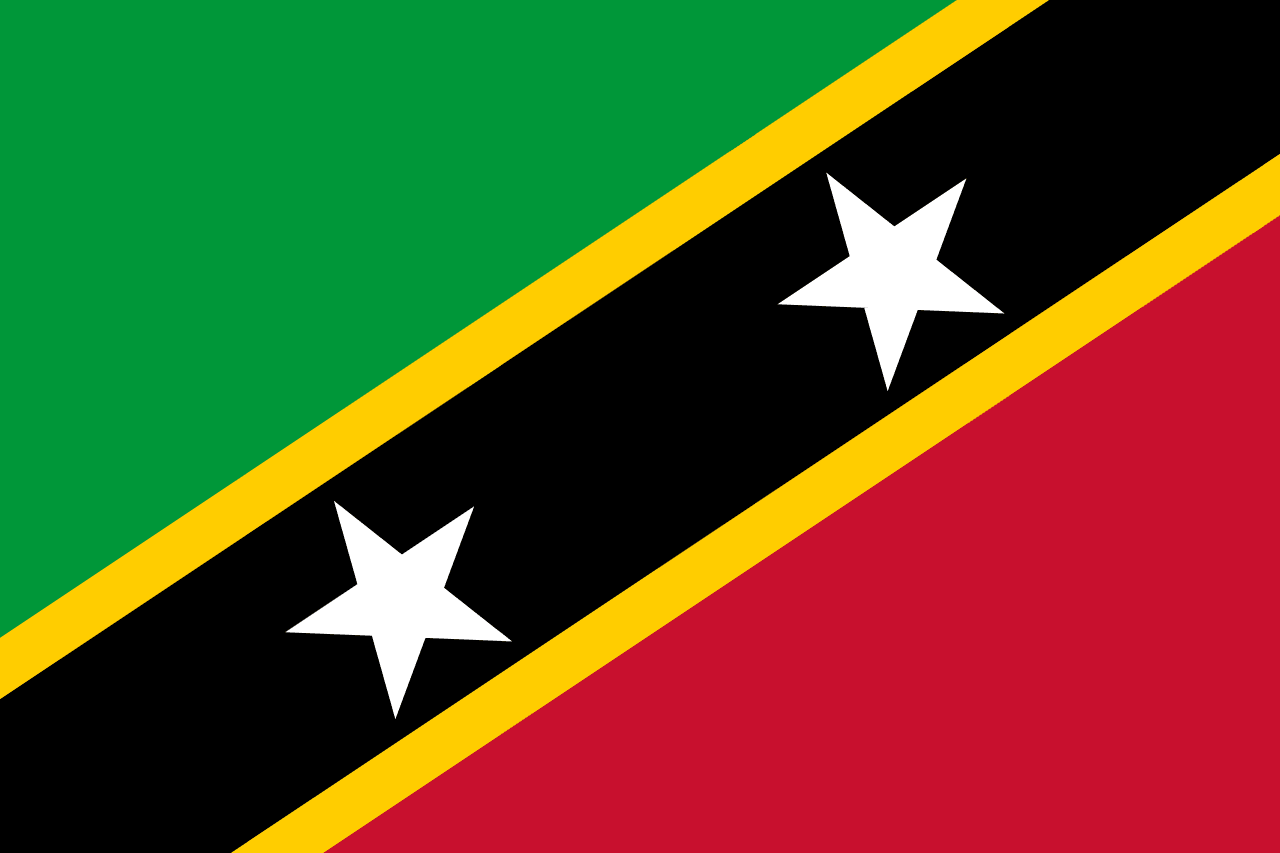
Symbolism
Green Triangle: Represents the fertile land and agriculture.
Red Triangle: Symbolizes the struggle and sacrifices of the people for freedom.
Black Band: Represents the African heritage of the nation’s people.
Yellow Edges: Symbolize year-round sunshine.
Two White Stars: Stand for hope and liberty, and also symbolize the two islands of the federation.
History
- Pre-Colonial Era: Originally inhabited by the Kalinago people before European colonization.
- 1623: English settlement began on Saint Kitts, the first British colony in the Caribbean.
- 18th Century: Sugar plantations made the islands wealthy, relying heavily on enslaved African labor.
- 1967: Gained associated statehood with Britain.
- September 19, 1983: Gained full independence and adopted the current flag.
Trivia
- Known as 'The Mother Colony of the West Indies,' Saint Kitts was the site of Britain’s first Caribbean colony.
- The federation consists of two islands: Saint Kitts and Nevis, the smallest sovereign state in the Western Hemisphere by area and population.
- The economy was once dominated by sugar, but now relies on tourism and offshore banking.
- The two stars symbolize not only the islands but also the ideals of liberty and hope.
- The country is famous for its scenic railway, originally built to transport sugarcane.
Related Countries
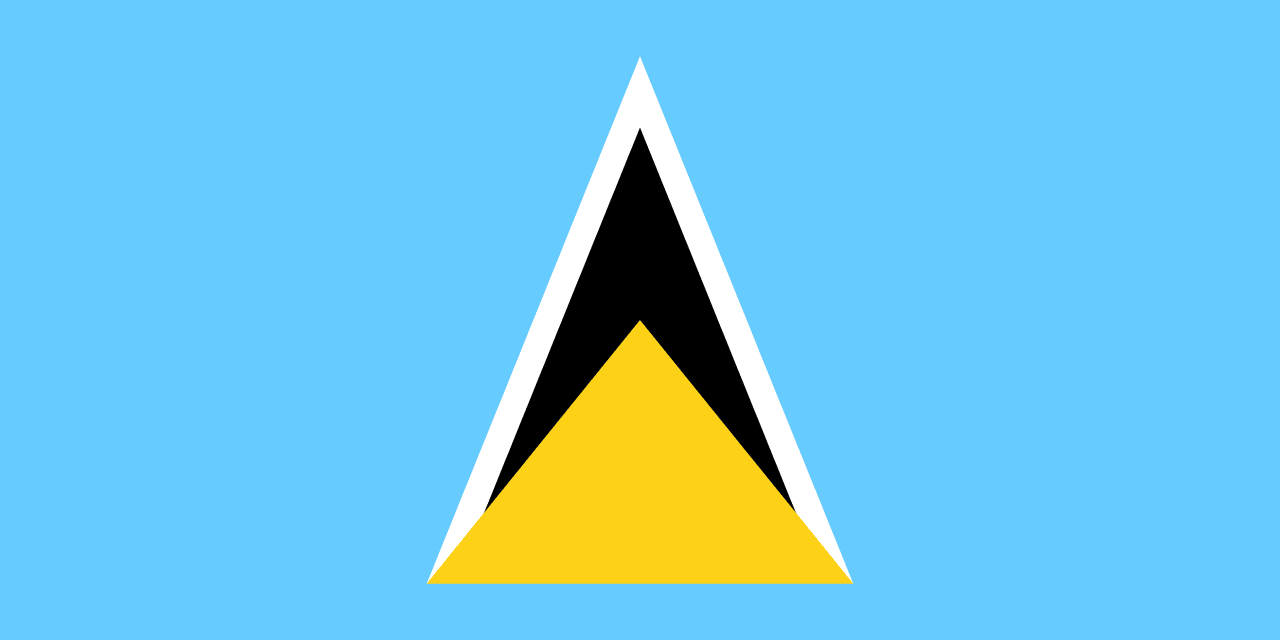
Saint Lucia
North America
A cerulean blue field with a gold isosceles triangle in front of a white-edged black triangle. The design reflects the island’s natural features and cultural heritage.
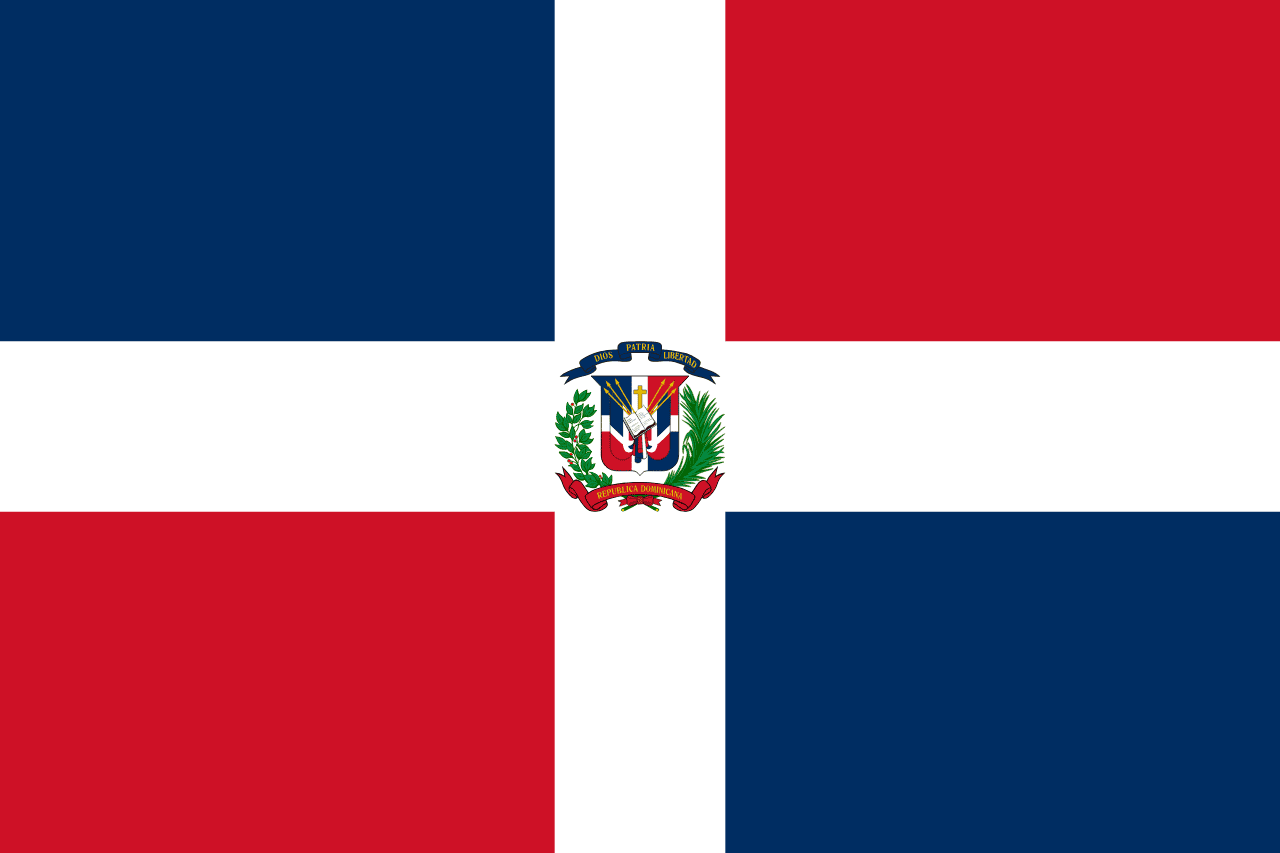
Dominican Republic
North America
Four quarters alternating blue and red separated by a white cross, with the national coat of arms in the center, representing liberty, the blood of heroes, salvation and peace, and the Christian faith of the Dominican people.
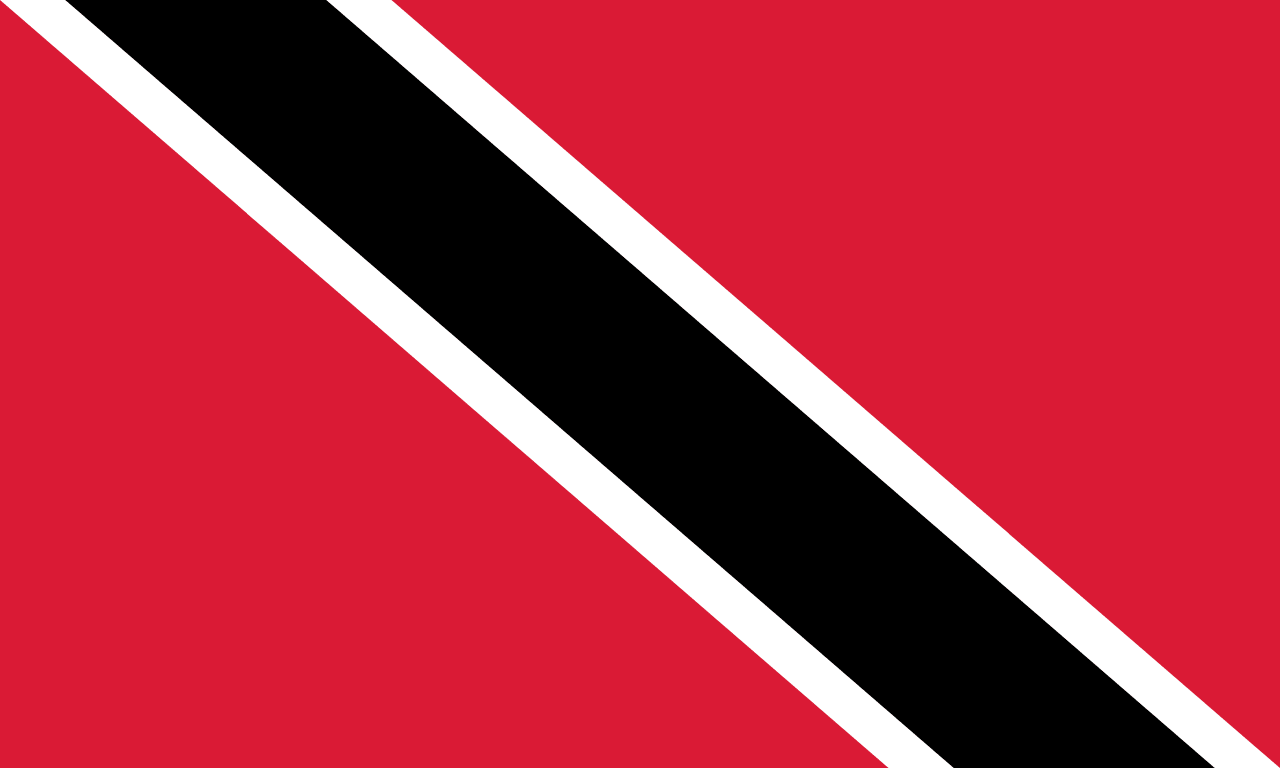
Trinidad and Tobago
North America
A red field with a black diagonal stripe bordered by thin white stripes running from the upper hoist to the lower fly, representing the vitality of the land and people, the sea surrounding the islands, and the wealth and strength of the nation, designed by local artist Carlisle Chang.
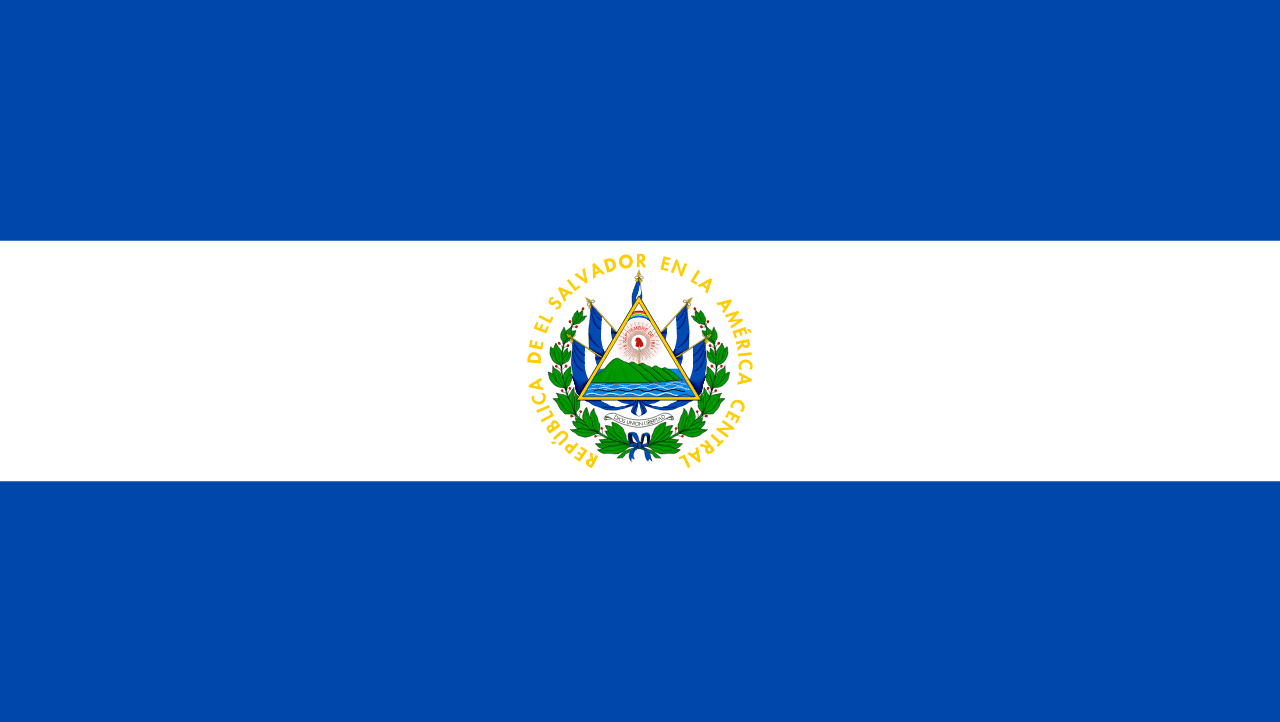
El Salvador
North America
Three horizontal stripes of blue, white, and blue with the national coat of arms centered on the white stripe, representing the Pacific and Atlantic oceans, peace, and the hope for Central American unity.
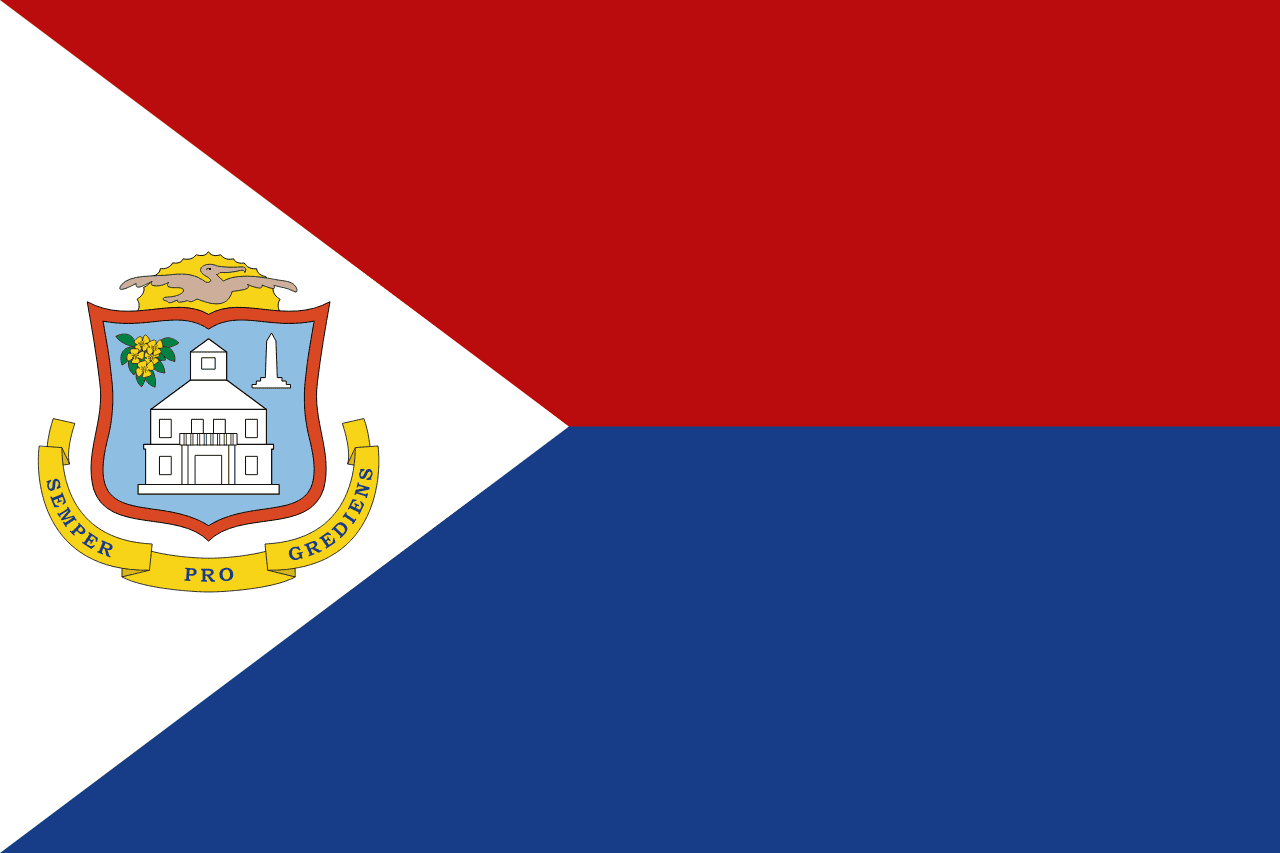
Sint Maarten
North America
Horizontal tricolor with coat of arms featuring the courthouse, yellow-sage flower, and motto 'Semper Progrediens' (Always Progressing).
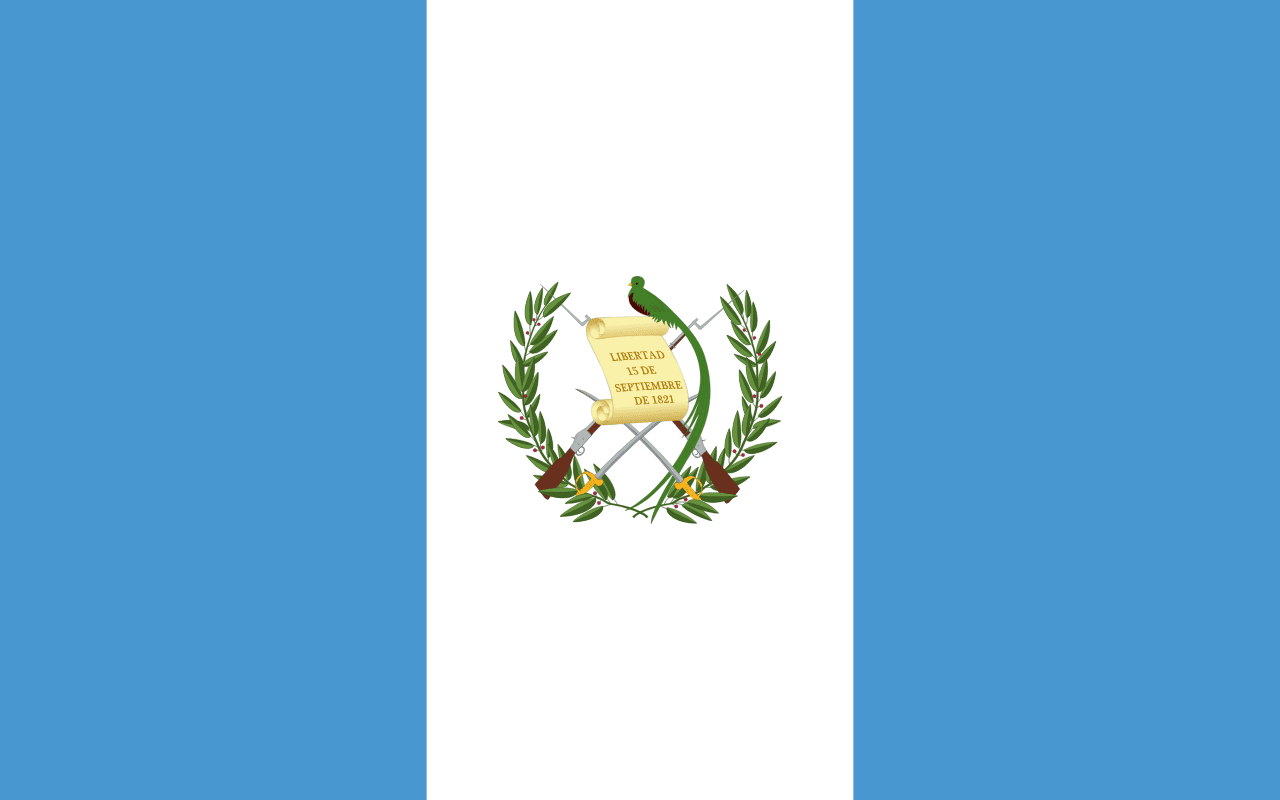
Guatemala
North America
Three vertical stripes of blue, white, and blue with the national coat of arms centered on the white stripe, representing the Pacific and Atlantic oceans, peace, and the sovereignty of the Republic of Guatemala.